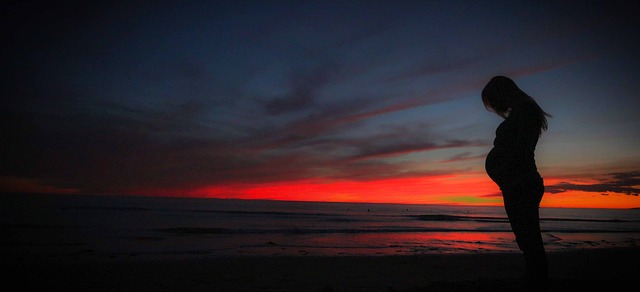OPKs are very easy to work with and most come with clear instructions on how to use them. Generally speaking, you will test your urine by using the OPK indicator stick in the early afternoon starting around day 9 of your menstrual cycle. Drinking a little less water in the two hours before you test will increase accuracy. An ovulation predictor kit measures the amount of LH or luteinizing hormone in your urine. LH is at it’s peak about 24 to 36 hours before you ovulate so when the OPK indicates you are at peak fertility definitely try to conceive as soon as possible! Some ovulation predictor kits or “fertility monitors” also measure rising estrogen levels in the blood which can give you a slightly wider fertility window (an additional three days).
In the previous two blogs we discussed Fertile Cervical Mucous, and Basal Body Temperature Charts. Now with OPKs we have three very accurate ways of determining peak fertility during the menstrual cycle. Cervical fluid will be your first indicator of peak fertility and it gives you about a five day window of when to try to conceive. Most women will see fertile cervical fluid starting around cycle day 9 or 5 days before ovulation. When you see fertile cervical fluid you are fertile in that moment so it is time to try to conceive. Ovulation predictor kits generally will let you know peak fertility 24 to 36 hours before ovulation. If you see fertile cervical mucous and a positive OPK it is definitely time to try to conceive! Finally the basal body temperature chart will help you know when ovulation has definitely occurred because your temperature will rise and stay elevated until your next period.
So putting it all together: your first indication of peak fertility will be cervical fluid, then a positive OPK and finally the BBT will indicate ovulation. Once you see your temperature has gone up you are no longer fertile for that month so there is no more need to try to conceive. Some women can have an LH surge/positive OPK without actually ovulating so that is why the BBT can be very helpful in letting you know that ovulation did occur. If you have an LH surge but no rise in temperature it could be an indication that you have PCOS or polycystic ovarian syndrome so it might be time for an obgyn appointment.
If you have been using these three signs of ovulation for trying to conceive for six months or more and have not gotten pregnant you will want to schedule an obgyn appointment as well as having your partner’s sperm checked.



